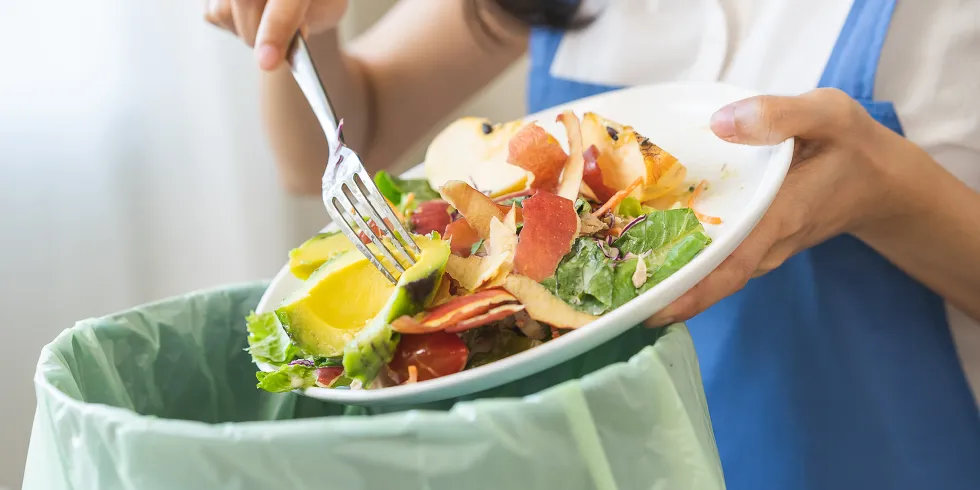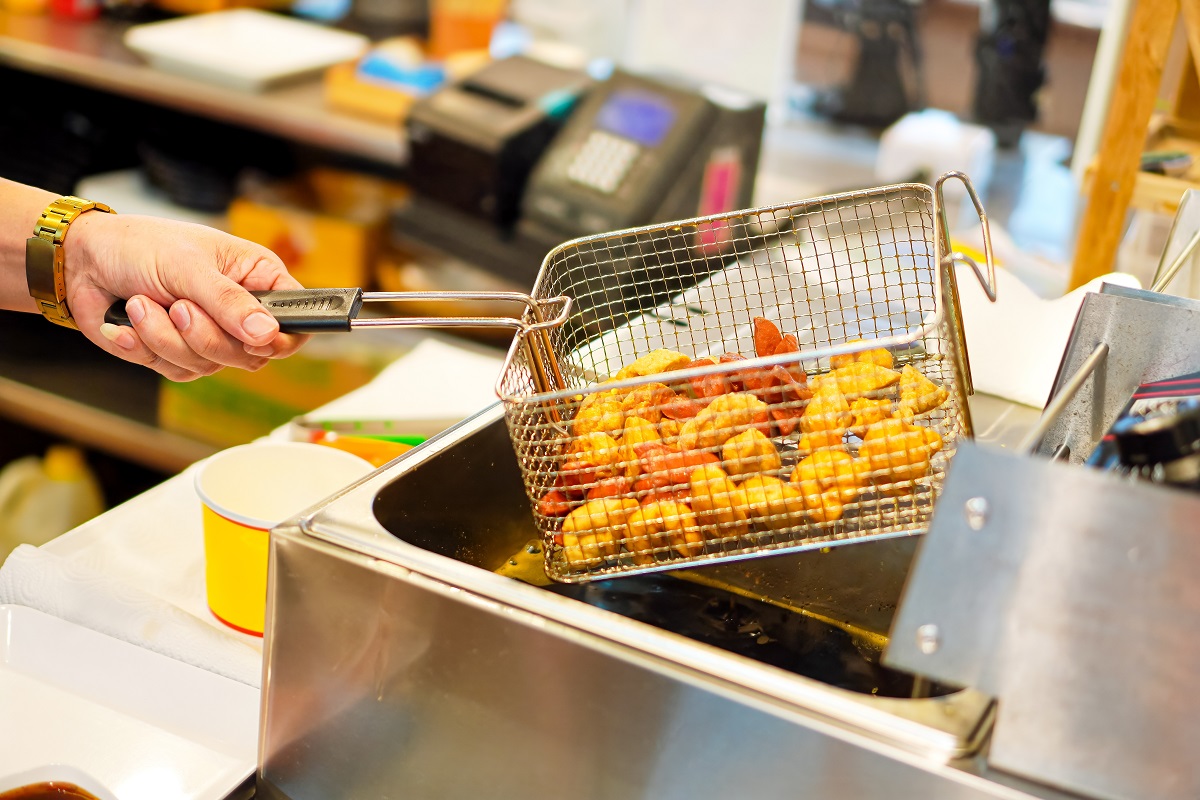Food waste in the restaurant industry is a significant challenge, both in terms of environmental impact and economic sustainability. According to the Food and Agriculture Organization (FAO), approximately one-third of all food produced globally is wasted each year1. In the restaurant industry, this waste not only affects profitability but also contributes to environmental degradation.
In this guide, we’ll share eight food waste reduction strategies to help restaurants cut costs, operate more efficiently, and reduce their environmental impact.
1. Track and Analyze Waste
The first step in reducing food waste in restaurants is understanding where and why it happens. Tracking waste at each stage of operations can reveal patterns and uncover areas for improvement.
- Implement a Waste Tracking System: Start by tracking food waste throughout your restaurant operations. This can include tracking waste during preparation, cooking, and customer plates.
- Analyze Patterns: Use data to identify which menu items generate the most waste and when waste occurs most frequently. This helps in targeting specific areas for improvement.
2. Optimize Inventory Management
Inventory inefficiencies are one of the most common causes of food waste in the restaurant industry. A smarter, more strategic approach can dramatically reduce spoilage.
- Implement Just-in-Time Inventory: Order food supplies based on anticipated demand rather than fixed schedules. This reduces the risk of overordering.
- Use FIFO (First In, First Out): Rotate perishable goods so that older items are used first, reducing the chances of spoilage.
3. Menu Planning and Portion Control
Your menu directly influences food waste. By engineering your offerings and adjusting portion sizes, you can reduce waste while maintaining customer satisfaction.
- Offer Flexible Portion Sizes: Provide options for customers to choose smaller portions. This reduces plate waste and accommodates varying appetites.
- Menu Engineering: Analyze menu items to understand popularity and profitability. Adjust menus to focus on items that generate less waste.
4. Creative Use of Surplus Food
Surplus food doesn’t have to go to waste. With some creativity and planning, leftover ingredients can be repurposed in ways that still delight your guests.
- Implement Daily Specials: Use surplus ingredients creatively in daily specials or chef’s specials to prevent them from going to waste.
- Partner with Food Banks or Donation Programs: Donate excess food that is still safe for consumption to local food banks or charities.
5. Train Staff on Waste Reduction
Your team plays a key role in reducing food waste. Proper training ensures that everyone—from prep cooks to servers—understands best practices and expectations.
- Educate Staff: Train kitchen and waitstaff on the importance of reducing food waste and techniques to minimize it.
- Portion Control Training: Ensure staff are trained to serve appropriate portion sizes to customers.
6. Monitor and Manage Customer Plate Waste
Leftovers are a hidden source of waste. By offering better portion options and educating customers, restaurants can reduce uneaten food leaving the kitchen.
- Offer Takeaway Options: Encourage customers to take home leftovers with attractive takeaway packaging.
- Engage Customers: Educate customers about food waste and offer incentives for ordering responsibly.
7. Invest in Technology to Reduce Food Waste
Smart tools can help streamline waste-reduction efforts. From forecasting demand to improving kitchen precision, technology empowers more efficient operations.
- Use Technology Solutions: Explore inventory management software and apps that help track food usage and predict demand more accurately.
- Smart Kitchen Appliances: Invest in energy-efficient appliances and tools that help minimize food waste during preparation.
8. Continuous Improvement and Feedback
Sustainable food waste reduction is an ongoing process. Regular reviews and staff input help keep your strategy effective and responsive.
- Regular Reviews: Conduct regular reviews of your waste reduction strategies and adjust them based on feedback and data analysis.
- Staff Feedback: Encourage staff to provide ideas and suggestions for further reducing waste.
Conclusion
By implementing these strategies, restaurants can significantly reduce food waste, improve sustainability efforts, and enhance profitability. The key lies in proactive management, education, and leveraging technology to optimize operations. Reducing food waste not only benefits the environment but also strengthens the restaurant’s reputation as a responsible and sustainable business.
For more tips on sustainable restaurant practices and food waste reduction, stay tuned to our blog for future updates and insights.
Sources:
- Food and Agriculture Organization, “Global Food Losses and Food Waste”. https://www.fao.org/4/mb060e/mb060e00.htm







